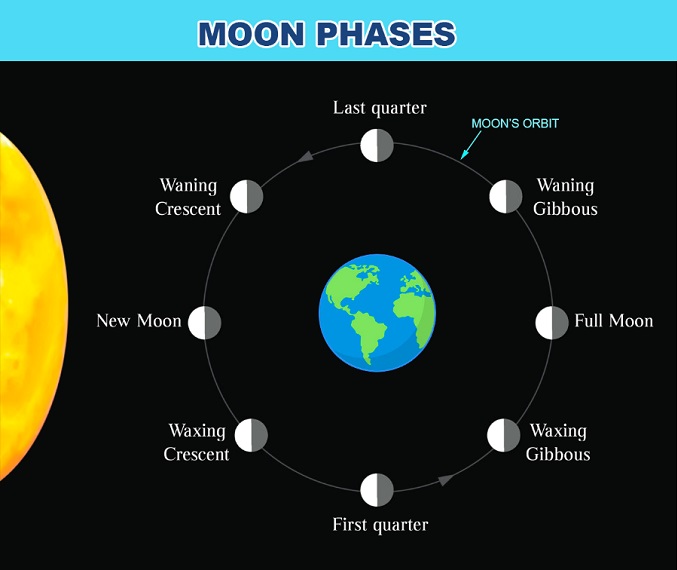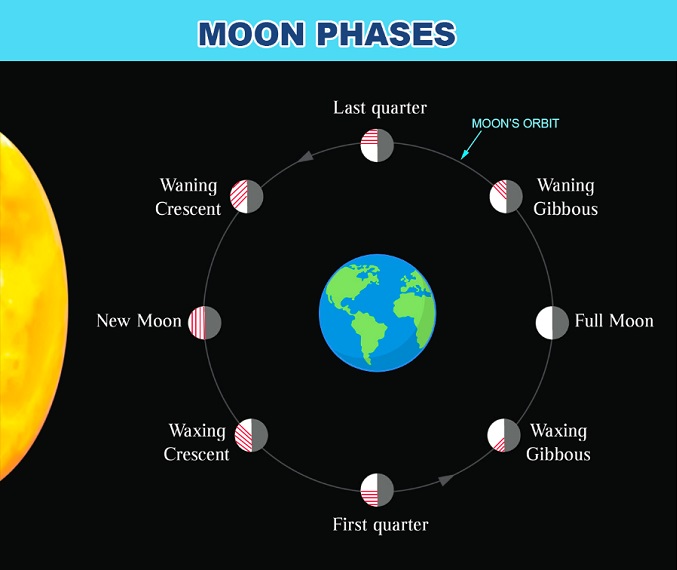Share
MOON PHASES
We can only see one face of the moon from Earth. As the Moon orbits Earth, we cannot see beyond the Moon's orbit. This is shown as the color striped, always on the outside of the orbit.
The Phases of the Moon
The Moon is a spherical object, and it's consistently half-illuminated by the Sun in space. Yet, as the Moon travels around the Earth, its appearance in our sky is constantly changing. The different Moon phases show us how much of the Moon's illuminated side we can see from the Earth's perspective at a given time.
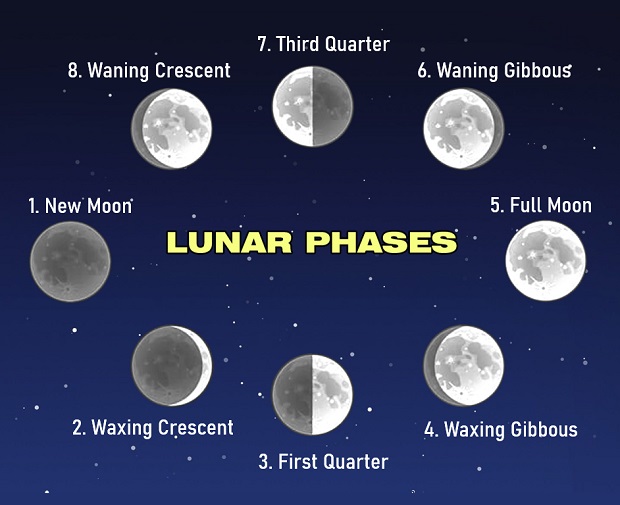
1) New Moon: When the moon is positioned between the Earth and the Sun, the Moon's unilluminated side is facing the Earth. As the Moon does not produce its own light, the side of the Moon facing Earth is in total darkness to our view.
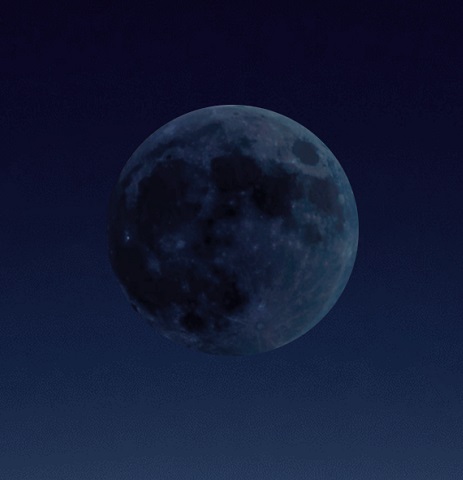
This Moon phase occurs once a month, rising around 6 AM, and setting around 6 PM, it rises and sets about the same time as the Sun. It's invisible because there's no moonlight reflected to Earth. We can see the moon in this phase only during a solar eclipse.
2) Waxing crescent: As each day passes and the moon moves at an angle out from between the Earth and the Sun, we begin the see a sliver of the moon getting sunlight. The fraction of the Moon's disk that is illuminated is increasing. By day 4 this is called a waxing crescent.
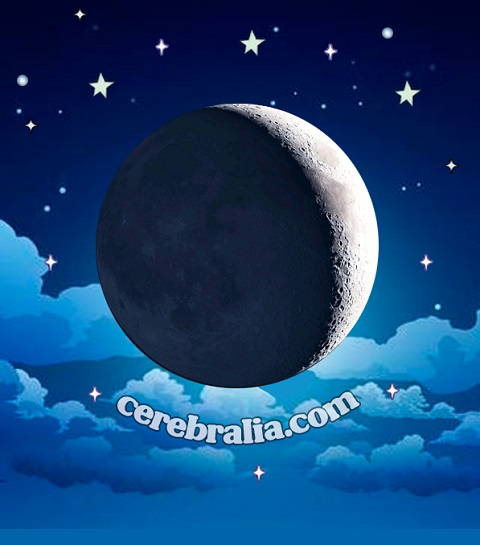
3) First quarter: When the moon has revolved to a 90 degree angle from the Earth and Sun, on about day 7, it has reached its first quarter. One-half of the Moon appears to be illuminated by direct sunlight, while the other half sits in invisible shadows.

4) Waxing Gibbous: The next phase, at about day 10, we can see roughly three quarters of the moon. The fraction of the Moon's disk that is illuminated is increasing. This is called the waxing gibbous phase.

The term waxing means increasing, and the term gibbous means «humped-back.» Therefore, this phase is called Waxing Gibbous because the surface area of the Moon that you see is increasing and the shape of the lit-up part of the Moon looks like a hump-back.
5) Full Moon: About two weeks after New Moon, the Moon is now on the opposite side of the Earth to the Sun. The Moon's illuminated side is facing the Earth. The Moon appears to be completely illuminated by direct sunlight.
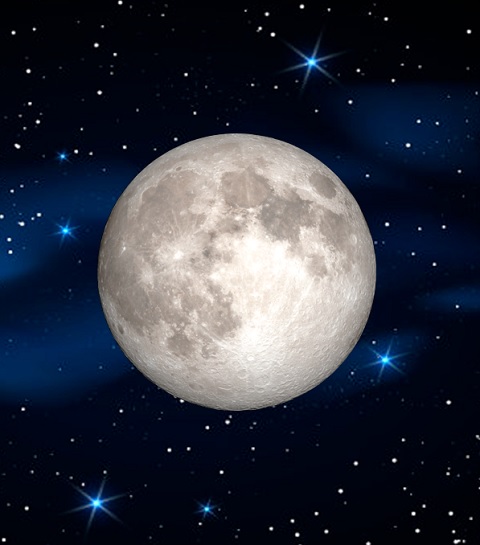
The Full Moon is the fifth phase in the cycle of phases. Full Moon is the only phase where the Moon is up for the whole night. This Moon phase occurs once a month, rising around 6 pm, and setting around 6 am, almost instantaneously becoming a Waning Gibbous.
6) Waning Gibbous: The Moon appears to be more than one-half but not fully illuminated by direct sunlight. This Moon phase occurs once a month, rising around 9 PM, and setting around 9 AM.
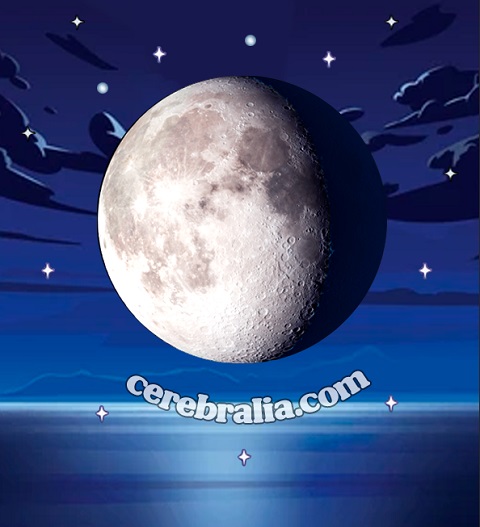
The term waning means decreasing, and the term gibbous means «humped-back.» Therefore, this phase is called Waning Gibbous because the surface area of the Moon that you see is decreasing and the shape of the lit-up part of the Moon looks like a hump-back.
7) Third Quarter: About a week after Full Moon the third quarter Moon is rising around midnight. As before, half of the moon's face is illuminated. But is the other way around to the first quarter moon two weeks ago.

8) Waning Crescent: A few days after Half Moon it shrinks away again rising as a thin crescent just before sunrise. This Moon phase occurs once a month, rising around 3 AM, and setting around 3 PM.
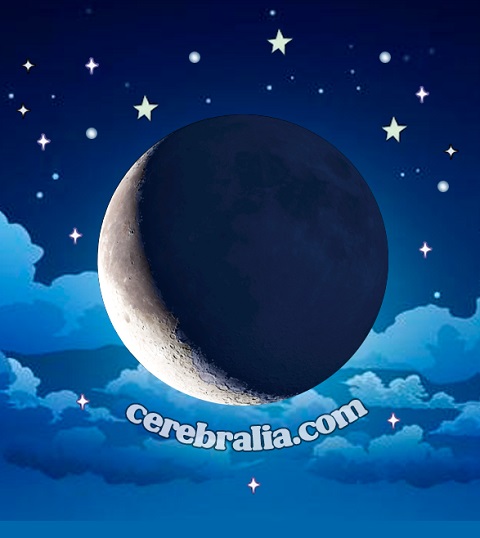
The amount of sunlight reflecting off the Moon decreases until it’s lost in the glare of the Sun, becoming the New Moon once again. This cycle of phases repeats every 29.5 days, which is the average time it takes the Moon to travel once around the Earth and come back to the same position with respect to the Sun.
✅ The 4 Galilean satellites of Jupiter
✅ 10 biggest Moons in the solar system
✅ Geocentric and Heliocentric models of the Universe


